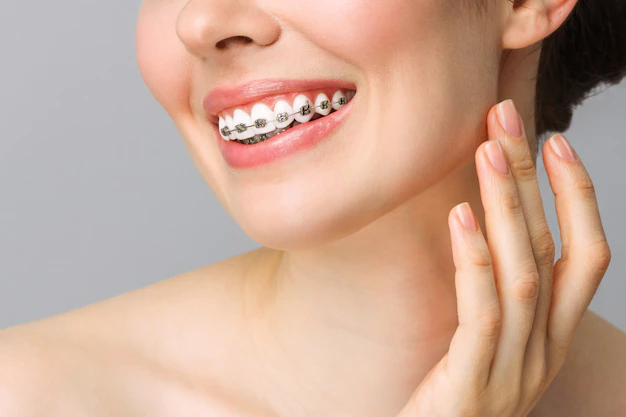Braces are one of the orthodontic treatments that orthodontists in Airdrie recommend to correct misaligned teeth and jaws. While braces may provide an effective solution for orthodontic issues, there can be problems with wearing them as well. In this article, we will discuss some of the most common problems with braces and how to fix them. We’ll also provide a few helpful FAQs about orthodontics in Airdrie.
1. Loose Wires & Bands
When the rubber bands and wires that hold the brackets together become loose, it can be quite painful. The solution is to use orthodontic wax to cover the sharp edges. You can also use orthodontic wax to cover any other areas where the wires are rubbing against your cheeks or gums. If the problem persists, contact our orthodontist in Airdrie as soon as possible.
2. Broken Brackets & Bands
If a bracket or band becomes loose, you should contact your orthodontist to have it replaced. If the orthodontic appliance is totally broken, you can use orthodontic wax to cover any sharp edges that may be sticking out until you can make an appointment with your orthodontist.
3. Loose Teeth
Loose teeth are a common problem with orthodontic treatment. This is usually caused by the orthodontic device putting too much pressure on certain teeth and causing them to become loose. If you experience this, contact your orthodontist for an adjustment.
4. Pain & Discomfort
It’s normal to experience some pain and discomfort when you first get orthodontic treatment. However, if the pain persists after a few days or becomes worse, it’s important to contact your orthodontist for an adjustment. Your orthodontist can make adjustments to ensure that your orthodontic device is not causing any unnecessary pain or discomfort.
5. Poor Oral Hygiene
Maintaining good oral hygiene is important for orthodontic treatment success. Braces can make it difficult to brush and floss, so it’s important to keep up with your usual brushing and flossing routine. If you have orthodontic appliances, be sure to use orthodontic toothpaste and a soft-bristled brush.
6. Food Stuck in Braces
Food can become lodged between the brackets and wires of orthodontic devices, which can be difficult to remove. The best way to remove food stuck in your orthodontic device is to use orthodontic flossers or interdental brushes. These tools are designed to get into the small spaces in orthodontic devices where food can become lodged.
Conclusion
Braces can be a great orthodontic solution for correcting misaligned teeth and jaws, but there can be problems with braces as well. The most common orthodontic issues with braces are loose wires and bands, broken brackets and bands, loose teeth, pain and discomfort, poor oral hygiene, and food stuck in the orthodontic device. If you experience any of these issues while wearing orthodontic appliances, contact our orthodontist in Airdrie to have them adjusted properly.
FAQs:
Q1: How can I prevent orthodontic problems with braces?
A1: The best way to prevent orthodontic issues with braces is to maintain good oral hygiene and be mindful of what you are eating. Additionally, contact your orthodontist in Airdrie for regular checkups and adjustments to ensure that your orthodontic device fits properly.
Q2: How do I know if my orthodontic appliance needs to be adjusted?
A2: If you experience persistent pain or discomfort, loose teeth, food stuck in the orthodontic device, or any other orthodontic issue, contact your orthodontist in Airdrie for an adjustment.
Q3: How often should I see my orthodontist?
A3: It’s recommended to visit your orthodontist every four to six weeks for checkups and adjustments. During these visits, your orthodontist can assess the progress of your orthodontic treatment and ensure that the orthodontic device is fitting properly.


